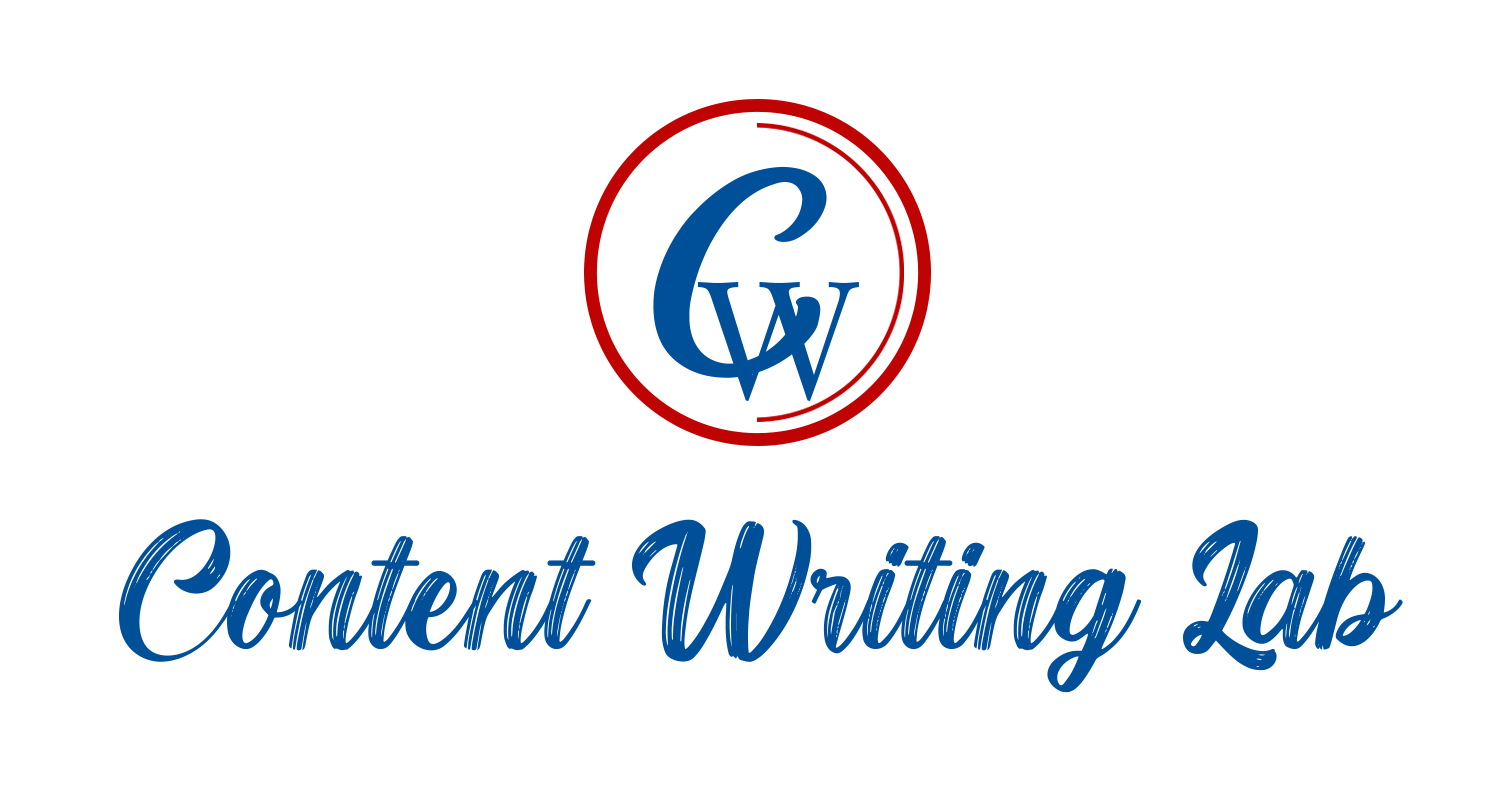Whiplash, a common injury resulting from motor vehicle accidents, sports, or other sudden movements, can lead to chronic pain and mobility issues if not properly addressed. Whiplash physiotherapy in Grande Prairie, as practiced at GP Pain Physiotherapy, offers a comprehensive approach to healing and recovery, ensuring patients can return to their daily activities with ease and comfort.
What Is Whiplash?
Whiplash is usually caused by a sudden and forceful movement of the head, often occurring during motor vehicle accidents when the head is rapidly thrust forward and then snapped backward. This rapid and abrupt movement could strain the neck’s muscles and ligaments, leading to the characteristic symptoms of whiplash. It’s not exclusive to car accidents; whiplash can also arise from sports-related impacts, falls, or any event that causes a swift jerk to the head and neck region.
Importance of Early Intervention in Whiplash Treatment
Seeking early physiotherapy intervention for whiplash is crucial. Early treatment could significantly reduce the risk of chronic pain and stiffness, allowing for a quicker and more effective recovery. Physiotherapists focus on early symptom management and targeted rehabilitation to optimize recovery outcomes.
Addressing the Comprehensive Impact of Whiplash Through Physiotherapy
Whiplash, often underestimated in its impact, can extend beyond mere neck pain to a range of complications that physiotherapy can effectively address. The sudden jerking motion can lead to a cascade of issues, including chronic headaches, stiffness in the neck, reduced range of motion, and even radiating pain into the shoulders and arms. It can also give rise to less obvious symptoms like dizziness, blurred vision, and concentration difficulties, which can significantly disrupt daily life.
These symptoms, if left untreated, can evolve into long-term health problems, impacting an individual’s ability to work, engage in physical activities, and maintain a normal lifestyle. Physiotherapy, with its holistic approach, targets not only the immediate pain and discomfort associated with whiplash but also addresses these broader health concerns, aiding in a comprehensive recovery that encompasses physical and functional restoration.
Techniques Used in Whiplash Physiotherapy
Manual Therapy
Manual therapy in whiplash physiotherapy includes gentle neck mobilizations and soft tissue work to alleviate tightness and discomfort. This hands-on approach encourages blood flow to the affected area, promoting healing and reducing inflammation. It’s particularly effective in the early stages of recovery, offering immediate relief from acute neck pain and stiffness.
Exercise Therapy
Specific exercises in whiplash physiotherapy aim to strengthen the neck, shoulder, and upper back muscles, supporting the cervical spine. These exercises are gradually progressed from gentle stretches to strength-building activities as the patient’s condition improves. Additionally, patients are guided on how to perform these exercises safely at home, ensuring consistent progress and recovery.
Pain Management Strategies
Pain management techniques include the use of heat therapy to relax muscles and reduce stiffness and cold therapy to decrease inflammation and numb sore areas. Modalities like TENS (Transcutaneous Electrical Nerve Stimulation) use electrical stimulation to modify the pain signals reaching the brain, thus providing relief. Additionally, ultrasound therapy is employed as a technique to encourage healing in deeper tissues and to provide relief from pain and stiffness in the neck area.
Postural Correction
Postural correction is crucial in treating whiplash, as poor posture can exacerbate pain and hinder recovery. Therapists work with patients to improve posture during daily activities, reducing strain on the neck muscles. This involves training in ergonomics, especially for those who spend long hours at a desk or in front of a computer.
Relaxation Techniques
Stress and tension can worsen whiplash symptoms. Relaxation techniques can help in managing the symptoms. Mindfulness and deep breathing are often incorporated into therapy. These techniques help in reducing muscle tension in the neck and shoulders and managing the stress response. Patients learn to use these strategies in their daily lives to control pain and accelerate healing.
Vestibular Rehabilitation
For patients experiencing dizziness or balance issues following a whiplash injury, vestibular rehabilitation is an essential component of physiotherapy. This specialized therapy helps in retraining the brain to process balance and spatial information more effectively. Exercises are tailored to address individual vestibular challenges, improving stability and reducing vertigo symptoms.
Functional Training
Functional training includes exercises that simulate daily activities, helping patients return to their normal routines safely and effectively. This approach ensures that recovery is not just about healing the injury but also about regaining the ability to perform everyday tasks without discomfort. The goal is to enable patients to resume their work, hobbies, and other activities with confidence and without pain.
Education and Advice
Educating patients about posture and ergonomic adjustments can significantly reduce the recurrence of whiplash symptoms. Advice on proper sleeping positions and the use of supportive neck pillows can also play a crucial role in the healing process. Physiotherapists provide tips on daily activities and work-related practices to ensure that patients maintain optimal neck health and prevent future injuries.
Embracing Recovery: The Path Forward from Whiplash with Physiotherapy
Whiplash, while a common injury, requires careful and professional attention to heal properly. Whiplash physiotherapy, especially at GP Pain Physiotherapy Grande Prairie, offers a tailored and effective route to recovery, addressing the pain and discomfort associated with whiplash. Through specialized techniques, early intervention, and personalized care, patients can overcome the challenges of whiplash and embrace a pain-free, active lifestyle once again.

